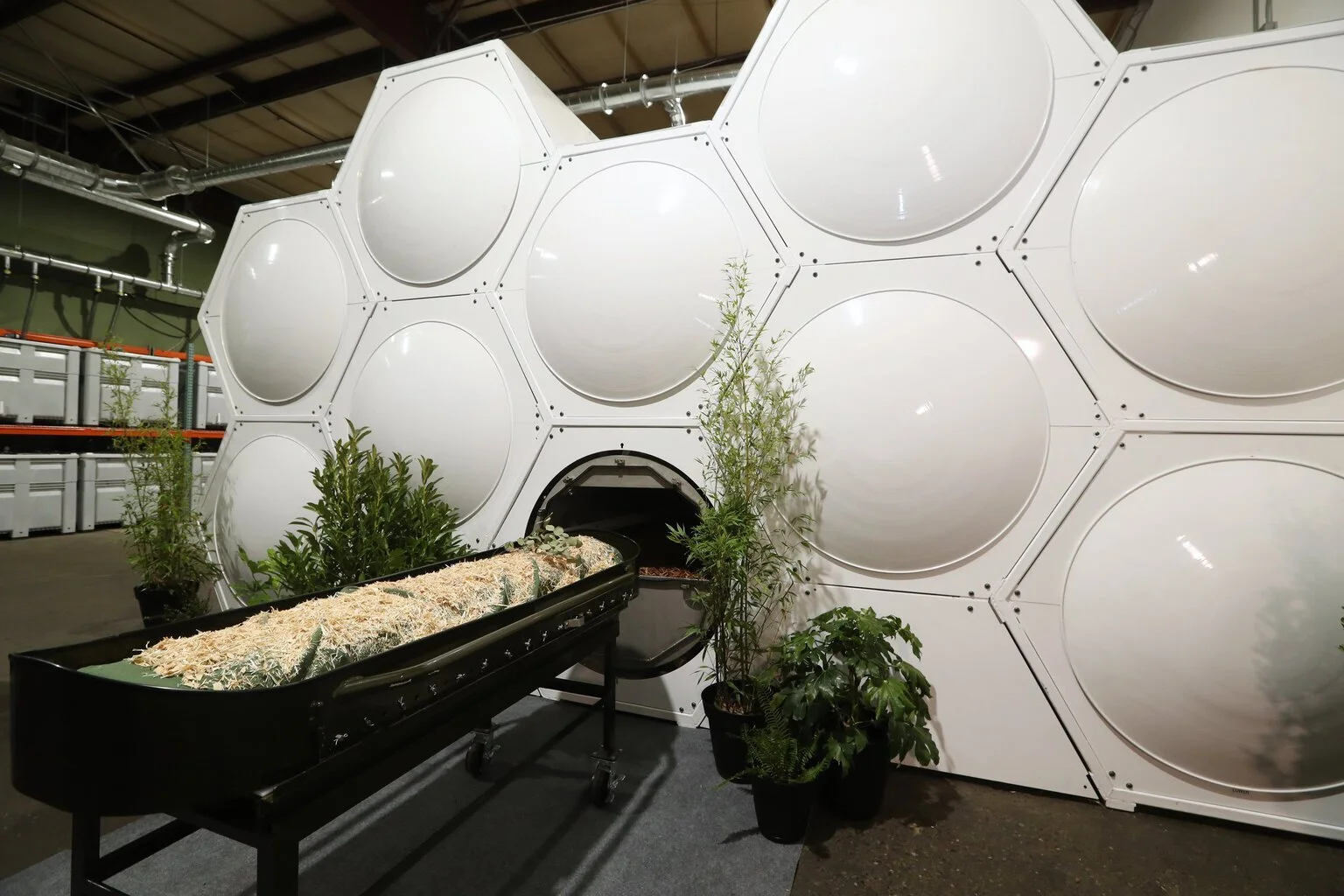Renewable energy sources have existed for centuries but in recent decades, have become key to combatting climate change. Prioritizing energy sources with low carbon footprints is critical to managing and reversing temperature increases, water shortages, and other negative impacts that have resulted from generations of fossil fuel use. While wind has been instrumental to this energy transition, offshore wind has greater potential than traditional onshore wind due to the size difference of the turbines. Not only does offshore wind have higher energy capacity but can do so in a much smaller physical footprint than onshore wind. Though the European Union (EU) has been the front runner in offshore wind development, the United States (U.S.) has made tremendous progress over the past two decades with more growth on the horizon.
Read MoreBoth surging interest and investment in nuclear energy as a way to meet net zero goals and to diminish the worst effects of climate change, as well as the US commitment at COP28 to triple nuclear energy capacity by 2050, are reasons to pause and examine how “green” nuclear power really is. It is important to consider the carbon life cycle of a typical, light-water reactor nuclear power plant (NPP). If nuclear energy is not truly lower in greenhouse gas (GHG) emissions over that life cycle than other power sources, then nations choosing it as a way to meet legally-binding Paris Agreement NDCs regarding GHG reduction requirements may open themselves up to climate litigation.
Read MoreGeothermal energy in Colorado has gained traction through innovative initiatives like the “Heat Beneath Our Feet” campaign and notable projects such as the Mt. Princeton geothermal plant. These endeavors signify the state's commitment to exploring and leveraging its abundant geothermal resources for sustainable energy production.
Read MoreHeat pumps are revolutionary devices that leverage the principles of thermodynamics to transfer heat from one location to another. Contrary to traditional heating systems that generate heat, heat pumps extract warmth from the environment – air, ground, or water – and channel it into buildings for heating purposes, this can lead to 2 to 3 times the efficiency of ordinary heaters. Operating in a manner akin to a refrigerator, they use a refrigerant to absorb heat from a low-temperature area and release it at a higher temperature.
Read MoreIndigenous peoples’ lands and territories constitute at least 28% of the global land surface. Indigenous people represent 5,000 unique cultures worldwide, and they protect 80% of the world’s remaining biodiversity. At the same time, despite having contributed the least to climate change, many indigenous people will experience the most drastic impacts from it if humans don’t ramp up renewable energy production rapidly and worldwide. Yet is it possible to do so without repeating the atrocities of the past or worsening indigenous peoples’ circumstances in the present?
Read MoreThe transition to renewable energy is vital in the global fight against climate change. Significant gains were made in the renewable energy sector in 2022, but more still needs to be done to avoid irreversible climate catastrophe.
Read MoreHydrogen is the most abundant element in the universe. It is a colorless, odorless gas that has been brought center stage in the debate around renewable energy.
Read MoreThe electrification of our economy is creating new challenges for energy utilities. The U.S. Energy Information Administration forecasts energy consumption worldwide to grow approximately 50% between 2018 and 2050, with renewables – solar, wind, and hydroelectric power- being the fastest growing energy resources.
Read MoreThe Inflation Reduction Act (“IRA”) marks an important milestone in the fight against climate change. It outlines a multifaceted approach to tackling the ongoing climate crisis, as well as commits over $369 billion to supporting various climate initiatives. The wide variety of these initiatives is one of the strengths of the bill, however, the provision that includes tax credits for producers of clean energy will be particularly impactful.
Read MoreNearly 270 million people face food shortages globally; this number has doubled since the start of the COVID-19 pandemic. Nine million people die every year from hunger and hunger-related diseases. In the United States, more than one in seven children live in a household facing food insecurity and are not afforded the adequate nutrition needed to grow and develop. The impacts of food shortages are very real
Read MoreOn May 10, 2021, Governor Polis signed SB21-006, “Concerning the conversion of human remains to basic elements within a container using an accelerated process,” into law. Colorado is now the second state to legalize the composting of human remains. This new law legalizes “natural organic reduction,” a process pioneered by Washington-based Recompose, a start-up that opened its doors in December 2020.
Read MoreSeventy percent of the Earth’s surface is covered by water. 14 of the world’s largest cities sit on coastlines. Fifty percent of all Americans live within 50 miles of a coast.
Read MoreEveryone loves puppies, and everyone loves trees. But just as we had to learn to curb and clean up after our dogs, we now need to learn to become responsible tree owners.
Read MoreThe earth’s climate is drastically changing due to the release of Greenhouse Gas (“GHG”) emissions, which contributes to an enhanced greenhouse effect. Globally…
Read MoreThe Kayenta Solar Project, in Kayenta, AZ, is a multi-stage solar development that began as a single 27.5-megawatt solar installation. Constructed in 2017, it was meant to serve the…
Read MoreClimate change has already made hurricanes stronger. Scientists agree that as carbon dioxide from human activities accumulates in the atmosphere and oceans continue to warm, hurricanes will only…
Read More













